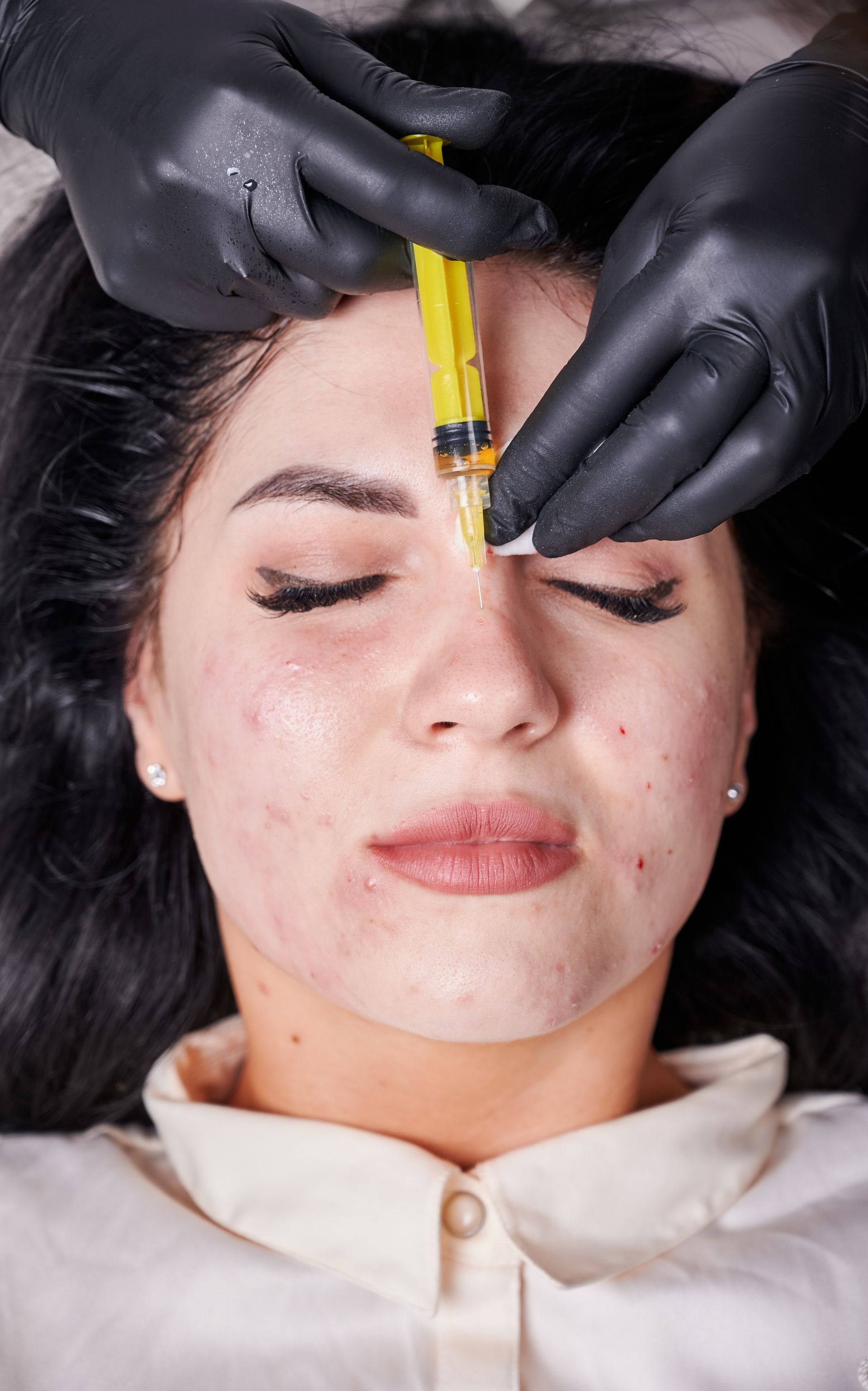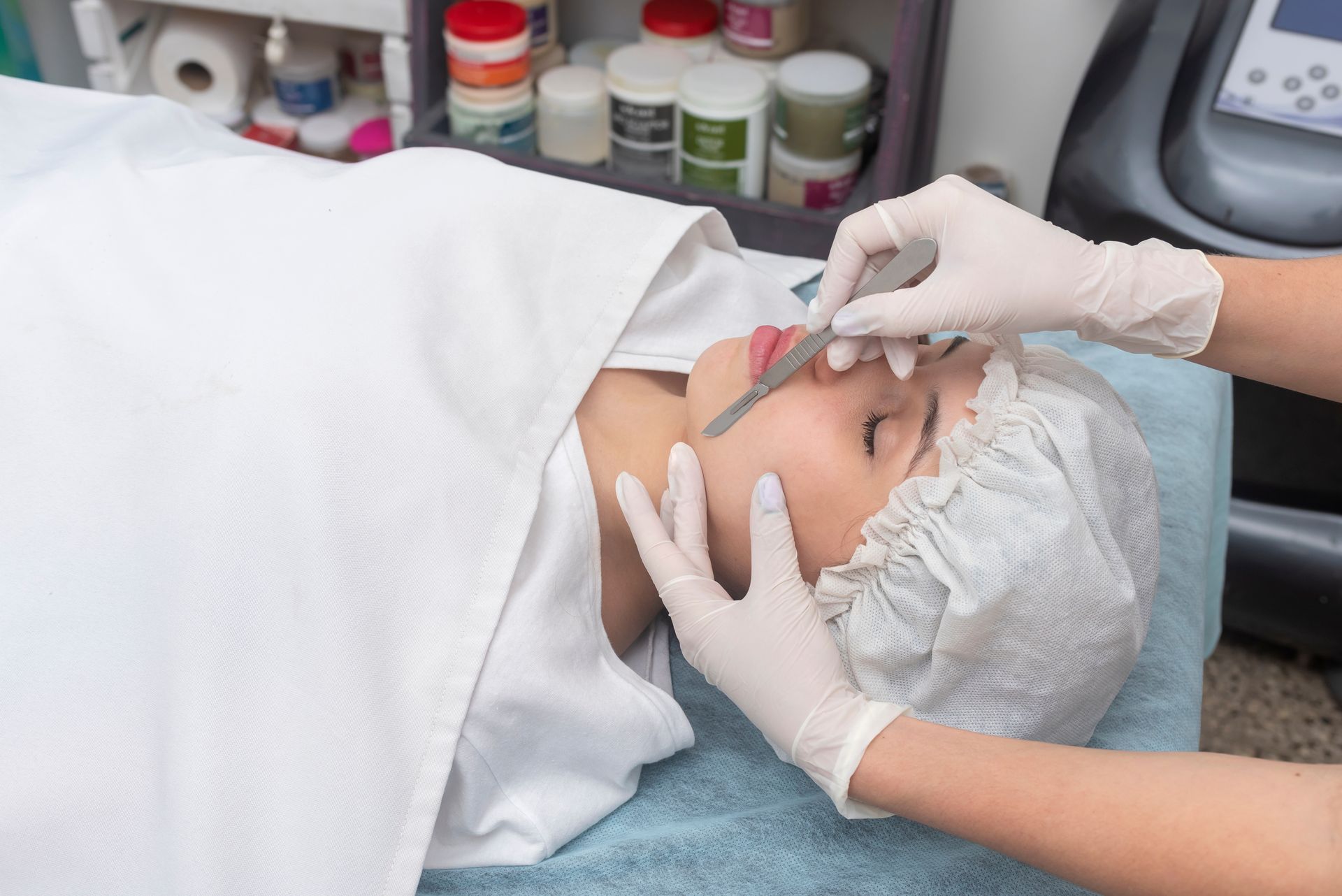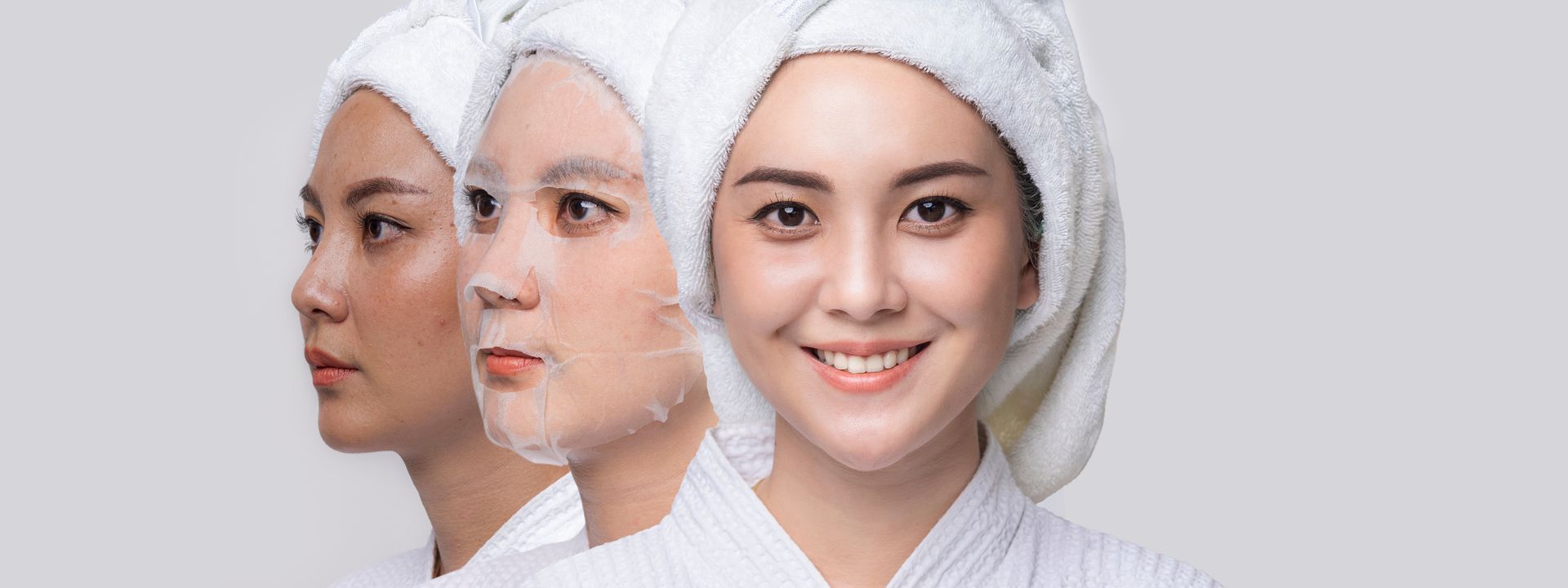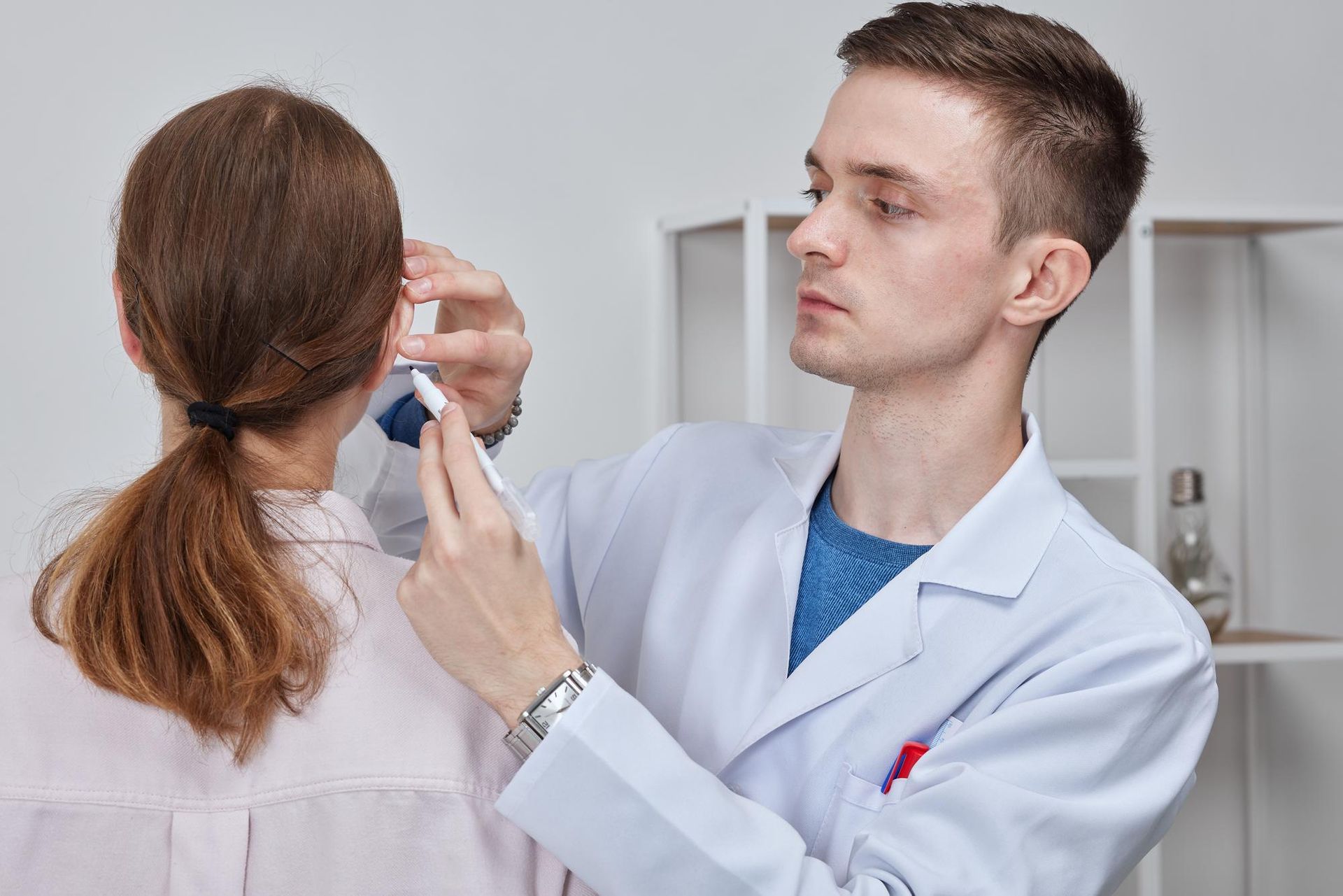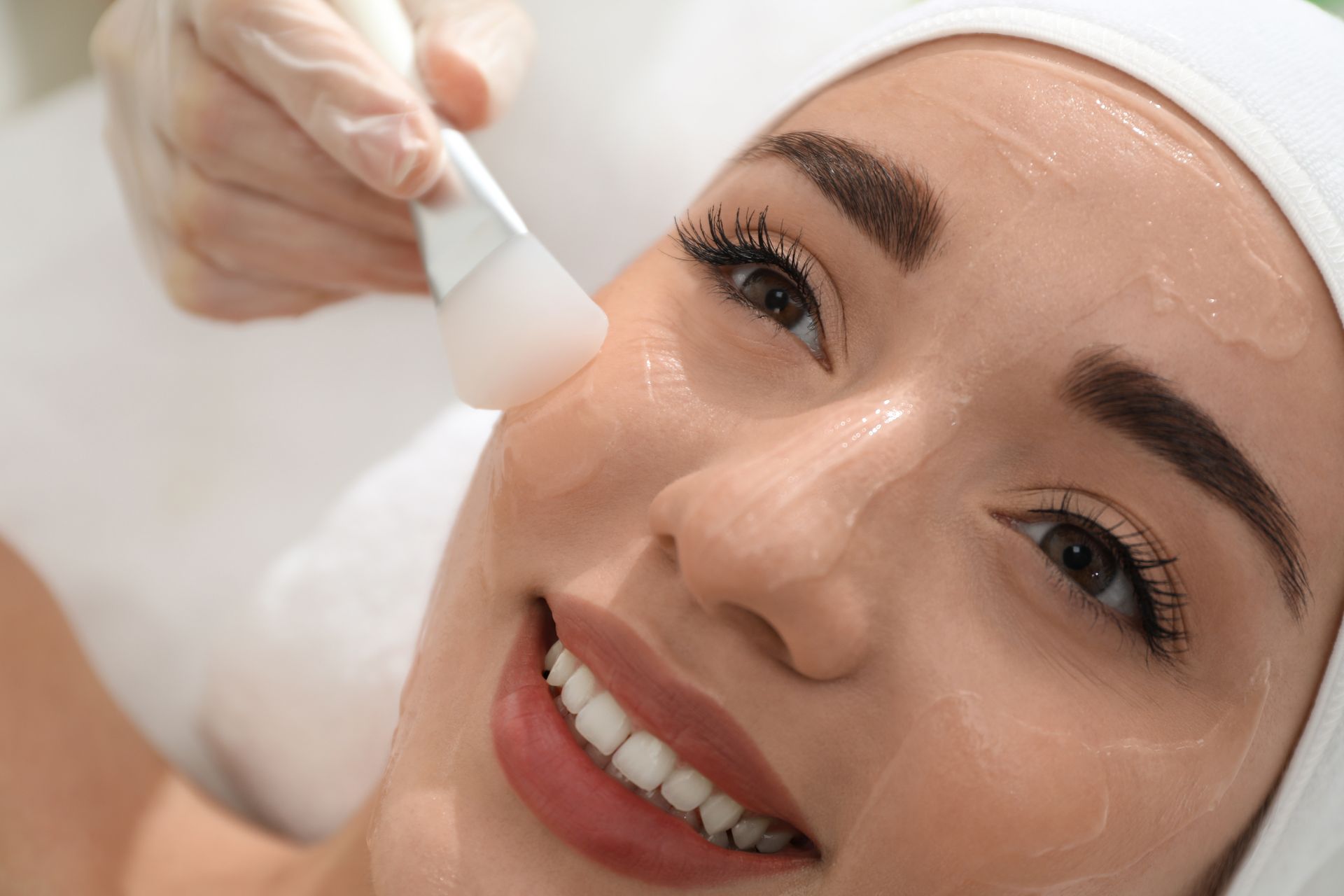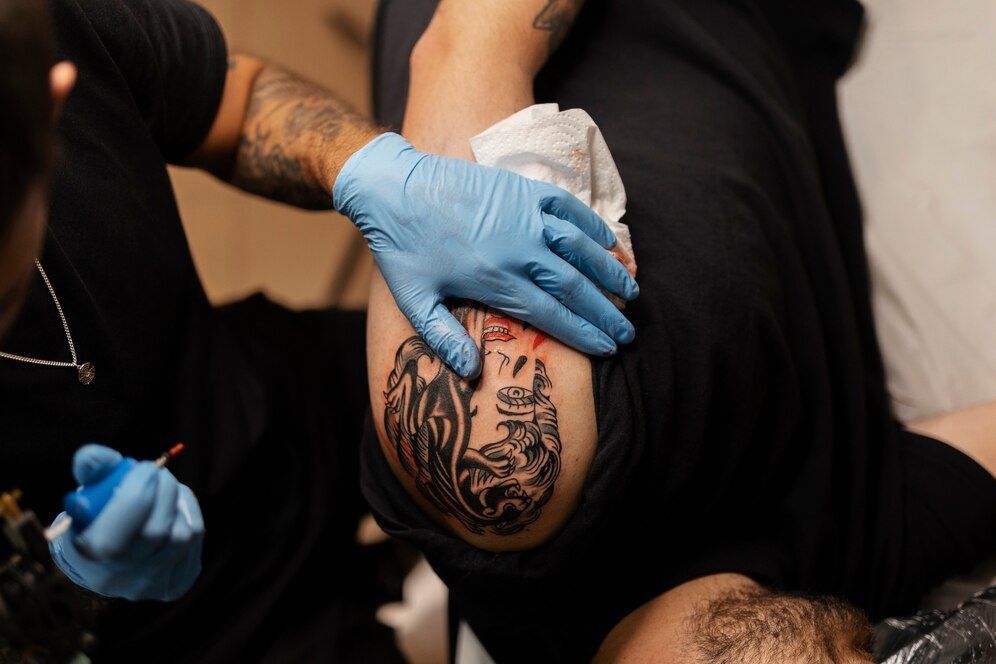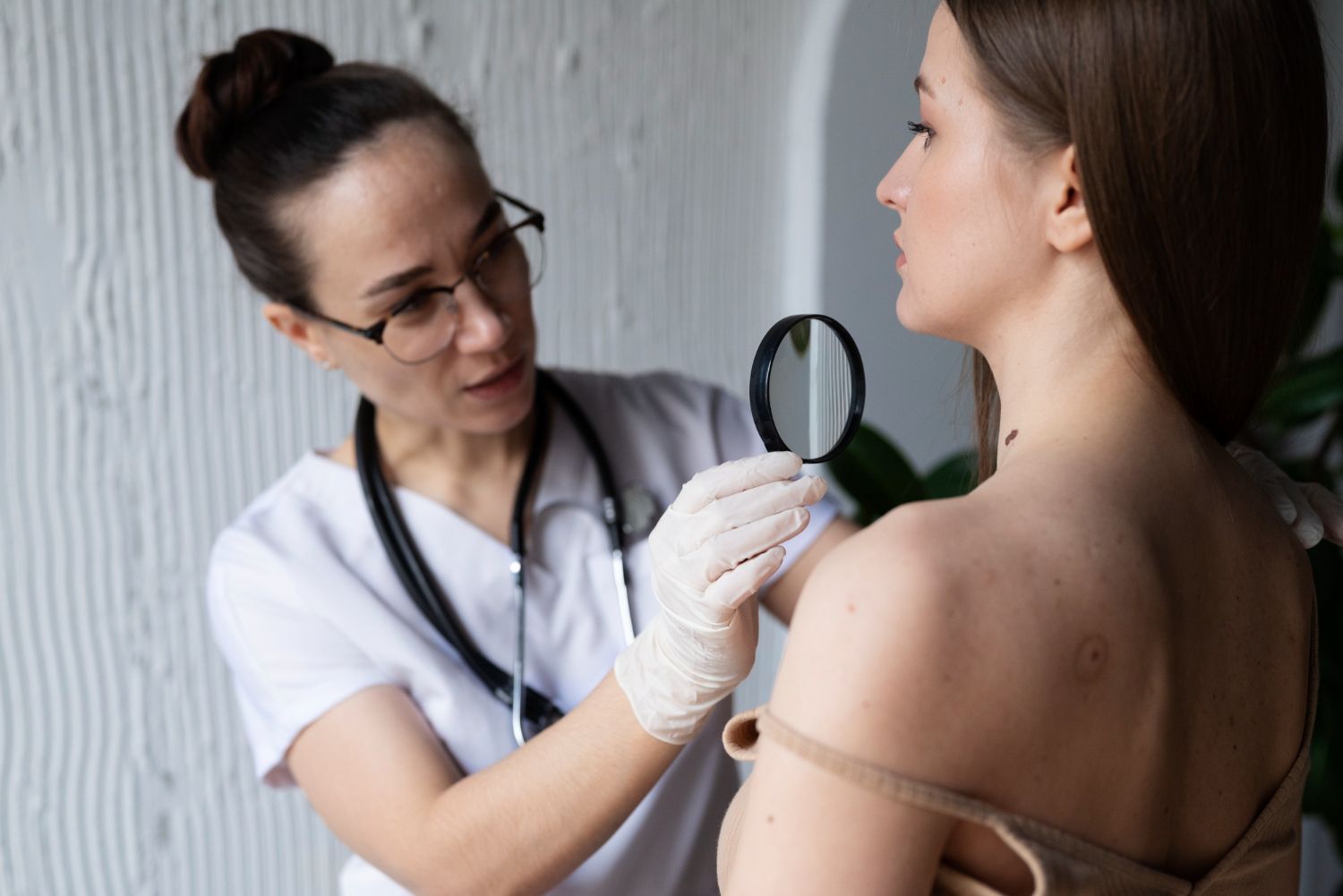Everything You Wanted to Know About Mole Mapping and its Importance
Understanding Mole Mapping
Mole mapping is a specialized procedure that involves creating a comprehensive record of your skin's surface. This process is crucial in the early detection of skin cancer, particularly melanoma, the deadliest form of skin cancer. The procedure involves taking high-resolution digital images of your skin, which are then used to track changes in your skin over time.
The Importance of Mole Mapping
1. Early Detection of Skin Cancer: Mole mapping is a crucial tool for the early detection of skin cancer, particularly melanoma. It allows dermatologists to track changes in the size, shape, or color of moles over time, which can be indicative of cancerous changes.
2. Comprehensive Skin Examination: Mole mapping involves a thorough examination of the skin, ensuring that even the smallest or most inconspicuous moles are checked. This comprehensive approach increases the chances of spotting potential issues early.
3. Digital Documentation: Mole mapping often involves taking detailed, high-resolution images of the moles. This digital documentation provides a baseline for future comparisons, making it easier to identify any changes or developments.
4. Reduces Unnecessary Biopsies: By monitoring moles over time, dermatologists can identify which changes are normal and which might be cause for concern. This can reduce the need for unnecessary biopsies, which can be invasive and stressful for patients.
5. Peace of Mind: Regular mole mapping can provide peace of mind for individuals at high risk of skin cancer, such as those with a large number of moles, a family history of skin cancer, or a history of sunburn or tanning bed use. Knowing that their skin is being monitored closely can help alleviate anxiety about developing skin cancer.
The Mole Mapping Process
The mole mapping process is straightforward and non-invasive. It begins with a thorough skin examination by a dermatologist. High-resolution images are then taken of your entire body, focusing on areas with moles. These images are stored and used as a baseline for future comparisons.
Who Should Consider Mole Mapping?
While everyone can benefit from mole mapping, it is particularly recommended for individuals with a high risk of developing skin cancer. This includes people with a large number of moles, a history of sunburn or excessive sun exposure, a family history of skin cancer, or those who have already had skin cancer.
Mole Mapping at Derm.ca
At Derm.ca, our highly experienced team is committed to delivering the highest level of care with exceptional results. Our mole mapping service is conducted using state-of-the-art technology, ensuring the most accurate results. Our team of experts will guide you through the process, answering any questions you may have and providing you with peace of mind.
The Role of Mole Mapping in Skin Cancer Prevention
Mole mapping plays a crucial role in skin cancer prevention. By regularly monitoring your skin, you can detect any changes early and seek treatment promptly. Remember, early detection is key in the successful treatment of skin cancer.
The Next Steps After Mole Mapping
After your mole mapping session, it's important to continue monitoring your skin at home. If you notice any changes in your moles, such as changes in size, shape, color, or the appearance of new moles, it's important to schedule a follow-up appointment with your dermatologist.
At Derm.ca, we believe in the power of education and honesty. We will provide you with all the information you need to understand your skin and the importance of regular mole mapping. We are committed to providing you with the best care possible, ensuring your skin stays healthy and beautiful.
Don't wait until it's too late. Schedule your mole mapping appointment at Derm.ca today. Our team of experts is ready to provide you with the highest level of care and help you take the first step towards proactive skin health. Remember, the difference between ordinary and extraordinary is that little extra, and at Derm.ca, we strive to provide that little extra every single day.



